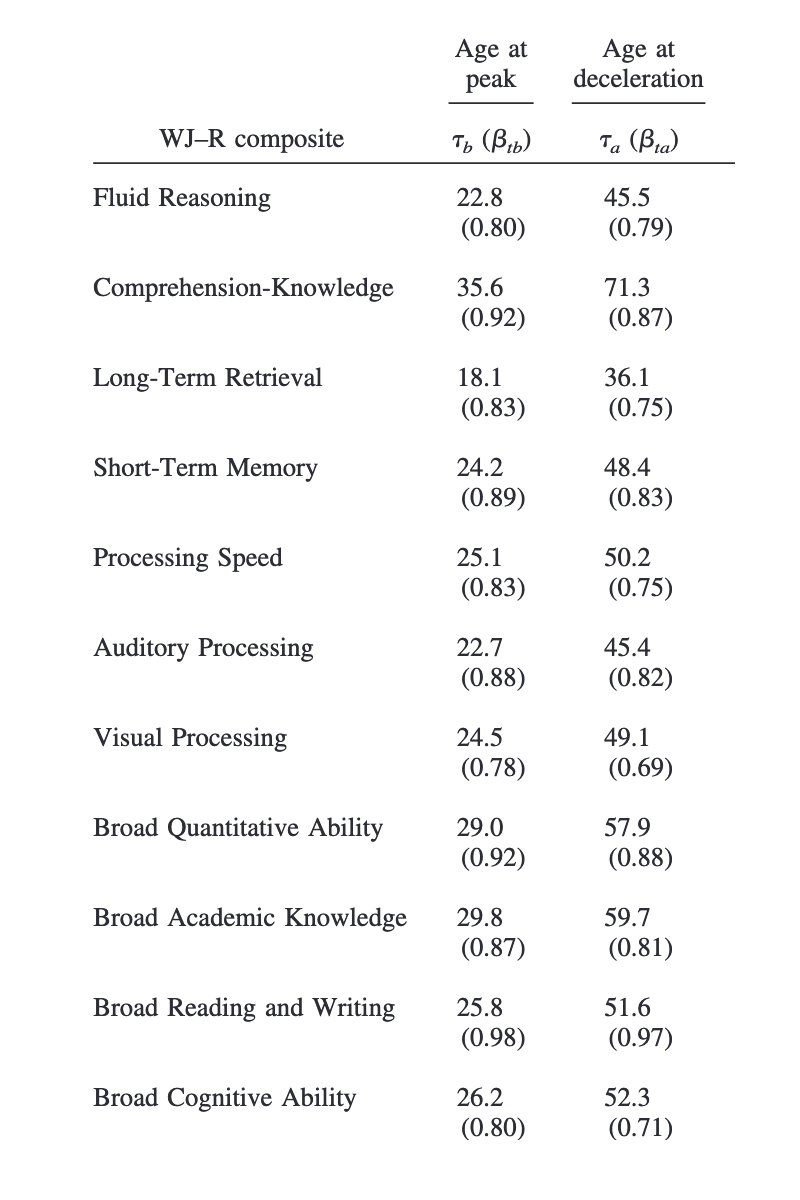Grab them by the pussy
The rape of the Sabine women, also known as the abduction of the Sabine women, was an incident in the legendary history of Rome in which the men of Rome committed bride kidnappings or mass abduction for the purpose of marriage, of women from other cities in the region. It has been a frequent subject of painters and sculptors, particularly since the Renaissance.
The word “rape” is the conventional translation of the Latin word raptio used in the ancient accounts of the incident. The Latin word means “taking”, “abduction” or “kidnapping”, but when used with women as its object, sexual assault is usually implied. […]
According to Roman historian Livy, the abduction of Sabine women occurred in the early history of Rome shortly after its founding in the mid-8th century BC and was perpetrated by Romulus [legendary founder and first king of Rome] and his predominantly male followers; it is said that after the foundation of the city, the population consisted solely of Latins and other Italic peoples, in particular male bandits. With Rome growing at such a steady rate in comparison to its neighbors, Romulus became concerned with maintaining the city’s strength. His main concern was that with few women inhabitants there would be no chance of sustaining the city’s population, without which Rome might not last longer than a generation. On the advice of the Senate, the Romans then set out into the surrounding regions in search of wives to establish families with. The Romans negotiated unsuccessfully with all the peoples that they appealed to, including the Sabines, who populated the neighboring areas. […]
The Romans devised a plan to abduct the Sabine women during the festival of Neptune Equester. They planned and announced a festival of games to attract people from all the nearby towns. At the festival, […] the Romans grabbed the Sabine women and fought off the Sabine men. […] All of the women abducted at the festival were said to have been virgins except for one married woman, Hersilia, who became Romulus’s wife and would later be the one to intervene and stop the ensuing war between the Romans and the Sabines.











